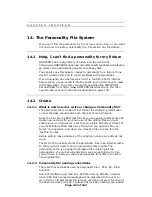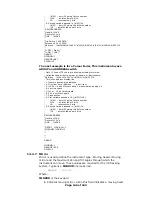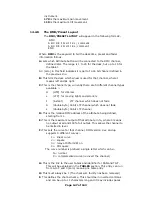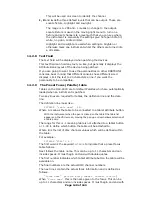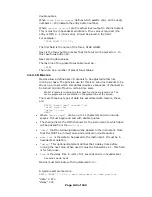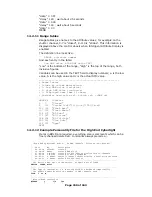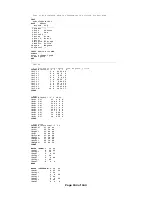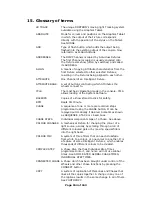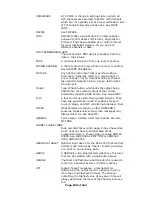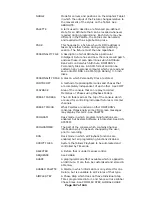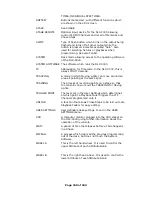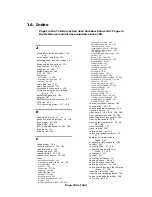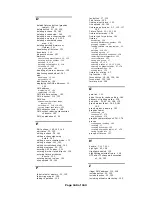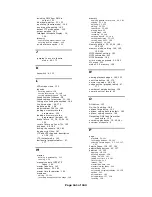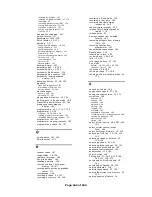
Page 155 of 163
CROSSFADE
Or X FADE. A change in lighting state in which all
HTP channels are assumed to be ON. HTP channels
which are not explicitly set at a level will fade to zero.
LTP channels follow Move Fade rules. See MOVE
FADE
DEVICE See
FIXTURE.
DMX
DMX512(1990) a specification for communication
between control desks and Fixtures, Originally for
Dimmers it has been adopted as a control protocol
for most Intelligent Fixtures. It can carry 512
different Channels of data.
DMX TRANSMISSION RATE
The rate at which DMX data is broadcast from the
desk to the Fixtures.
FADE
A continuous transition from one level to another.
FADING CHANNEL
A channel which can ramp from one level to another.
See INSTANT CHANNELS.
FIXTURE
Any lighting instrument that is patched using a
Personality. Generally refers to a moving light or
colour changer, not an individual Dimmer channel.
Also called Intelligent Fixture, Device, Instrument,
Moving Light.
FLASH
Type of flash button which adds the output being
flashed into the existing output of the console.
Historically called the ADD button. See also SWOP.
FLIP
A function for use with Moving Head Fixtures. They
have two possible Pan and Tilt positions for each
point on stage, and FLIP will alternate between them.
FOCUS
What Palettes are called on other DORTRON’s
consoles. Occasionally some screen messages may
display this term. See PALETTE.
GENERIC
Term used to indicate a Dimmer channel. See also
FIXTURE.
GLOBAL CHASE TIMES
Fade and Wait times which apply to any Chase Step
which does not have Individual Step times
programmed into it. These steps are called SIMPLE
STEPS. See INDIVIDUAL STEP TIMES, COMPLEX
STEP, SIMPLE STEP.
GRAPHICS TABLET Optional input device for the DLC-C003 that controls
Dimmers and Fixtures by means of clicking a Stylus
or a Puck on an electronic slate.
GROUP
A GROUP is a pre-programmed collection of Fixtures
that can be selected with a single button press.
HANDLE
The fader and flash/swop buttons which are used to
control an individual fixture or dimmer channel.
HTP
Highest Takes Precedence, a mechanism for
determining the output level of a Channel held in
more than one Playback Channel. The Channel
outputting the Highest value at any given time will
always determine the level of the Channel. Also see
LTP.



